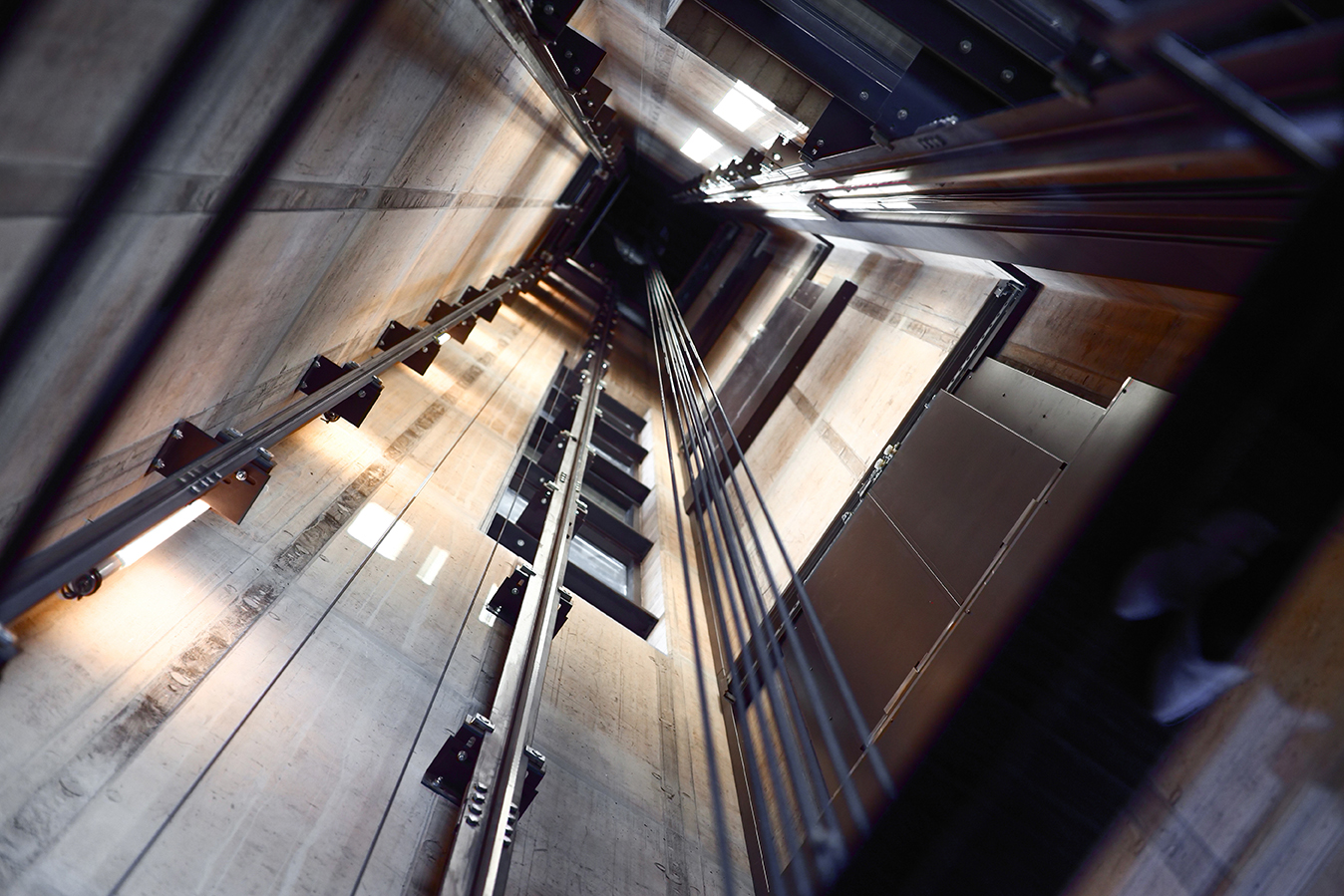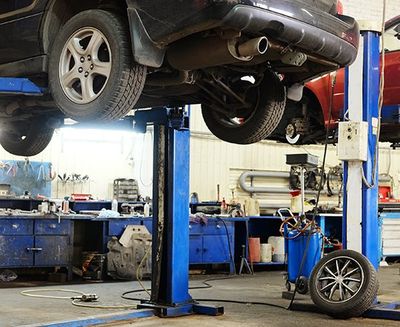Expert Lift Engineer Course: Training for Leading Lift Repair Companies Near Me
Expert Lift Engineer Course: Training for Leading Lift Repair Companies Near Me
Blog Article
Comprehensive Guide to Elevator Systems and Their Maintenance
Browsing the elaborate globe of lift systems and their maintenance is a job that demands accuracy and understanding. From the various kinds of elevator systems in use to the careful adherence to security regulations, the maintenance of these vertical transport gadgets is a diverse undertaking. As structures soar greater and technology breakthroughs, the requirement for an extensive understanding of elevator systems comes to be progressively crucial. Join us as we untangle the complexities of lift maintenance, checking out usual problems, finest practices, and innovative technologies that shape the modern-day landscape of vertical transport.
Kinds Of Lift Equipments
Lift systems been available in numerous kinds, each developed to fit details building needs and customer demands. The most common types consist of hydraulic lifts, grip elevators, machine-room-less elevators, and vacuum lifts. Hydraulic lifts are optimal for low-rise structures and make use of a hydraulic piston to relocate the elevator vehicle. Traction lifts, on the various other hand, are extra matched for high-rise buildings and use steel ropes and counterweights to move the automobile. Machine-room-less lifts are a space-saving alternative as they do not call for a different equipment room for the elevator machinery. Vacuum elevators, a more modern innovation, use air pressure differentials to move the vehicle within a transparent tube.
Each kind of lift system has its own advantages and disadvantages, making it crucial for structure proprietors and programmers to very carefully consider their particular needs prior to choosing the most ideal alternative. Aspects such as developing elevation, room schedule, power effectiveness, and budget restrictions all play a significant role in establishing the most effective elevator system for a specific building.
Usual Maintenance Issues
Regular upkeep of elevator systems is important to ensure smooth procedure and extend their life expectancy. Regardless of normal upkeep, lift systems can still come across common maintenance problems that need to be without delay addressed to stop disturbances in service. One of the most frequent problems is door malfunctions. Elevator doors may get misaligned, resulting in problems with opening and closing correctly. This can trigger hold-ups and safety and security risks, needing immediate attention from maintenance service technicians. One more usual issue is connected to the elevator's leveling precision. Guests may experience tripping hazards and pain if the lift doesn't line up correctly with the floorings. Furthermore, problems with the control system, such as sensor troubles or electric problems, can cause the elevator to malfunction or quit working completely. Routine evaluations and positive maintenance can assist determine and fix these common maintenance issues before they escalate and affect the total efficiency of the elevator system.
Safety Regulations and Compliance
Complying with rigid safety regulations and ensuring compliance with industry standards are critical for maintaining the operational integrity of elevator systems. Elevators undergo a comprehensive collection of safety and security guidelines to safeguard guests, upkeep workers, and the general public. Regulatory bodies such as the Occupational Security and Wellness Administration (OSHA) in the United States and the European Lift Association (ELA) in Europe establish guidelines that cover numerous elements of elevator style, maintenance, installment, and operation.
Conformity with these laws is not just a legal requirement but likewise an ethical commitment for structure proprietors and lift upkeep firms. Normal examinations, upkeep checks, and adherence to safety and security methods outlined in the regulations are her explanation essential to guarantee the efficient and safe operation of lift systems.
Ideal Practices for Maintenance

One more vital ideal technique is to quickly resolve any kind of reported problems or unusual noises to avoid further damage. Implementing an aggressive technique to maintenance can save time and cash in the future by staying clear of expensive fixings or substitutes. Building owners must also consider spending in innovation upgrades to improve the effectiveness and safety of their elevator systems. By adhering to these finest methods, elevator systems can operate efficiently and securely, supplying trustworthy upright transportation for owners.

Advanced Technologies for Efficiency
Implementing advanced technologies in lift systems can significantly enhance operational performance and traveler experience. lift engineer check these guys out course. One of the key improvements in lift modern technology is the introduction of destination control systems. These systems permit guests to input their preferred floor before entering the elevator, which after that directs them to the most efficient automobile. By minimizing unneeded quits and enhancing travel courses, location control systems lower wait times and congestion in high-traffic structures.
Furthermore, the assimilation of smart sensing units and predictive upkeep capabilities has actually transformed elevator upkeep. These sensing units can discover potential issues prior to they rise, making it possible for proactive upkeep treatments and lessening downtime. Furthermore, making use of energy-efficient components and regenerative drives aids decrease power usage and operating expense in lift systems.
Additionally, the execution of cloud-based monitoring and remote diagnostics permits real-time tracking of lift efficiency and immediate troubleshooting of any type of malfunctions. This aggressive approach not only boosts system reliability however additionally enhances the total individual experience by ensuring uninterrupted and smooth elevator operations.
Conclusion
To conclude, recognizing the various sorts of lift systems, typical upkeep problems, safety guidelines, best maintenance practices, and progressed technologies for effectiveness is vital for making certain the smooth procedure of elevators. By sticking to security policies and executing best techniques for maintenance, building owners can lengthen the life-span of their elevator systems and ensure the safety of passengers. It is essential to stay updated on the current developments in elevator technology to boost performance and reliability.
The most typical types consist of hydraulic elevators, traction lifts, machine-room-less lifts, and vacuum lifts. Hydraulic lifts are excellent for low-rise buildings and utilize a hydraulic piston to relocate the elevator automobile. Machine-room-less elevators are a space-saving option as they do not need a separate equipment room for get redirected here the elevator equipment. Regular inspections and positive upkeep can assist recognize and deal with these typical upkeep concerns before they intensify and impact the overall efficiency of the elevator system.

Report this page